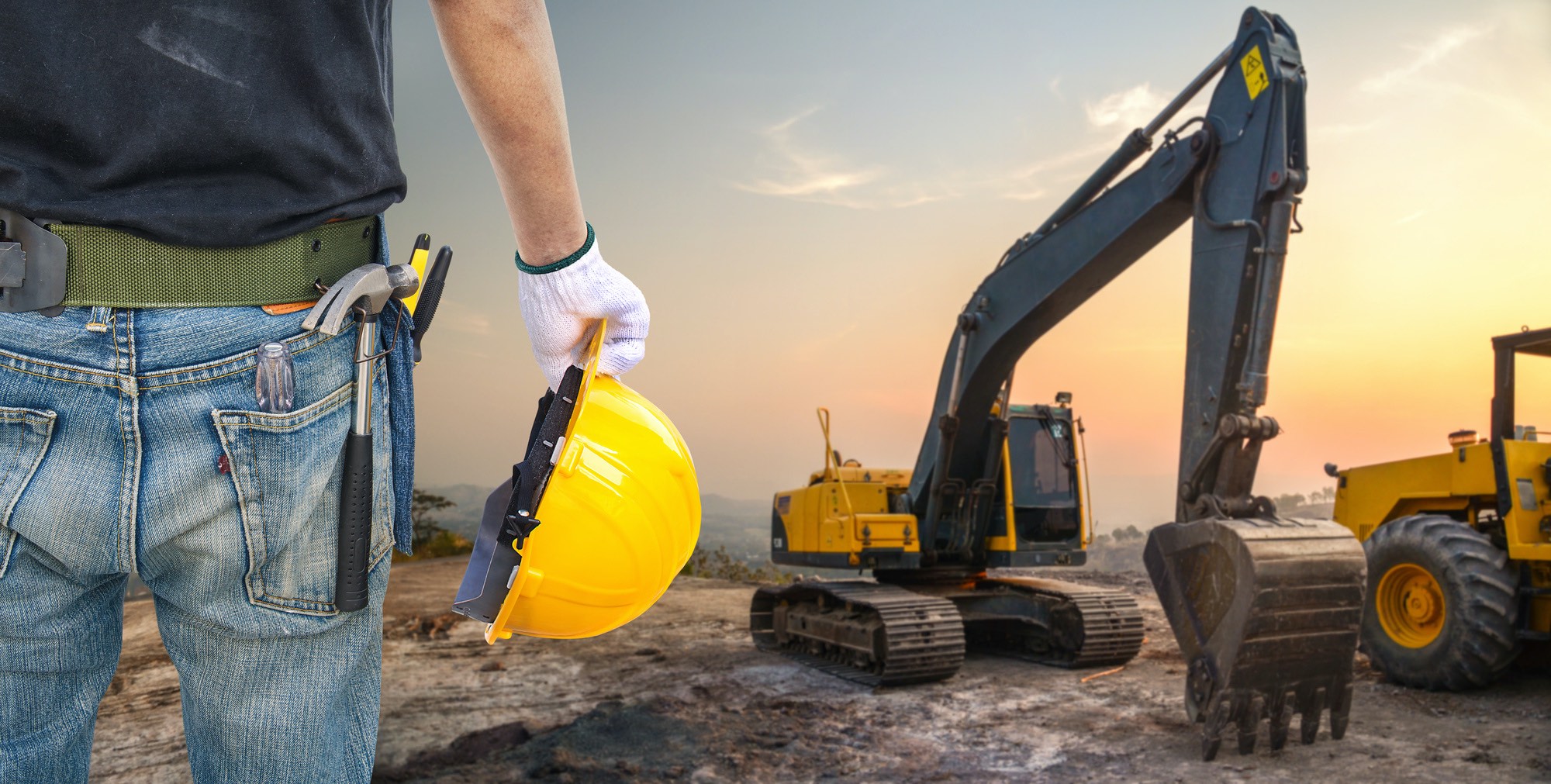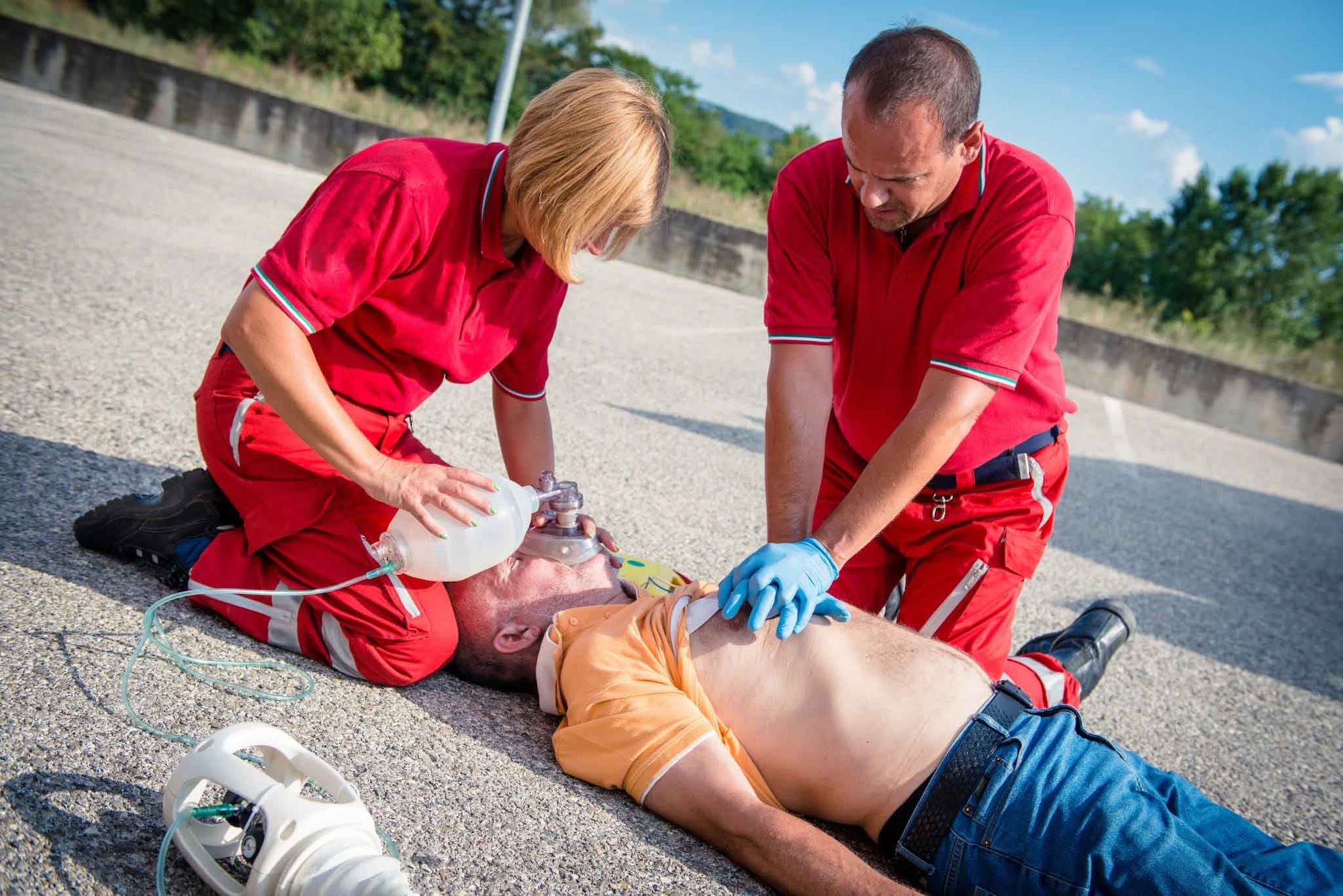Operating heavy construction equipment is a demanding job that requires skill, precision, and a keen awareness of safety protocols. The construction industry is laden with potential dangers, necessitating that operators and site managers prioritize safety to avoid accidents and maintain a productive work environment.
With equipment like cranes, bulldozers, and excavators playing crucial roles in construction projects, following strict safety protocols is not only a regulatory mandate but also a moral responsibility.
Comprehensive Training and Certification
One of the fundamental safety protocols in operating heavy construction equipment is ensuring that all operators undergo comprehensive training and certification. This process involves theoretical learning combined with practical, hands-on experience.
Operators must be well-versed in the specific machinery they will be using, including understanding its controls, capabilities, and limitations.
Certification not only confirms the operator’s skills but also promotes a culture of safety and accountability. Regular refresher courses and updates on new technologies and regulations are essential to keep operators informed about the latest developments and safety protocols.
Rigorous Maintenance Schedules
Maintenance is a critical component of safety in the operation of heavy machinery. Regular inspections and servicing of equipment can prevent mechanical failures that might lead to accidents. Maintenance schedules should be strictly adhered to, with detailed records kept of all repairs and checks.
This includes daily pre-operation inspections where operators check fluid levels, tires, tracks, and other vital components.
For instance, when using advanced equipment like mobile blending plants on Machinery Partner, regular maintenance ensures they function efficiently and safely, providing high-quality mixing results without unexpected breakdowns.
By prioritizing maintenance, construction sites can reduce downtime and enhance overall safety.
Use of Personal Protective Equipment (PPE)
Personal protective equipment (PPE) is essential for ensuring the safety of operators and workers on construction sites. PPE includes items such as hard hats, safety goggles, gloves, high-visibility vests, and steel-toed boots.
These items are designed to protect individuals from common hazards such as falling debris, sharp objects, and exposure to harmful substances. It is important that all workers are provided with appropriate PPE and are trained in its correct use.
Supervisors should regularly monitor compliance and replace any damaged or worn-out equipment to maintain a high standard of safety.
Effective Communication and Signage
Clear communication is vital in preventing accidents and ensuring smooth operations on construction sites. This includes using standardized hand signals, two-way radios, and clear signage to convey important information quickly and accurately. Effective communication protocols help prevent misunderstandings that could lead to serious accidents.
For example, when maneuvering large equipment like cranes or excavators, precise communication between the operator and ground personnel is essential.
Signage should also be prominently displayed to warn of potential hazards and guide safe operation.
Regular safety meetings and briefings can further enhance communication and ensure that everyone is aware of current site conditions and safety expectations.
Emergency Preparedness and Response
Despite the best efforts to maintain safety, emergencies can still occur on construction sites.
Having a well-developed emergency preparedness plan is crucial for minimizing the impact of such events. This plan should encompass specific procedures for addressing various emergencies, such as fires, equipment failures, or medical situations.
Conducting regular drills and training sessions can ensure that all personnel are well-acquainted with these procedures and can respond promptly and effectively during an emergency.
Additionally, having readily accessible first-aid kits, fire extinguishers, and emergency contact numbers can make a significant difference in the outcome of an emergency situation.
By being prepared, construction sites can enhance their resilience and protect their workers.










